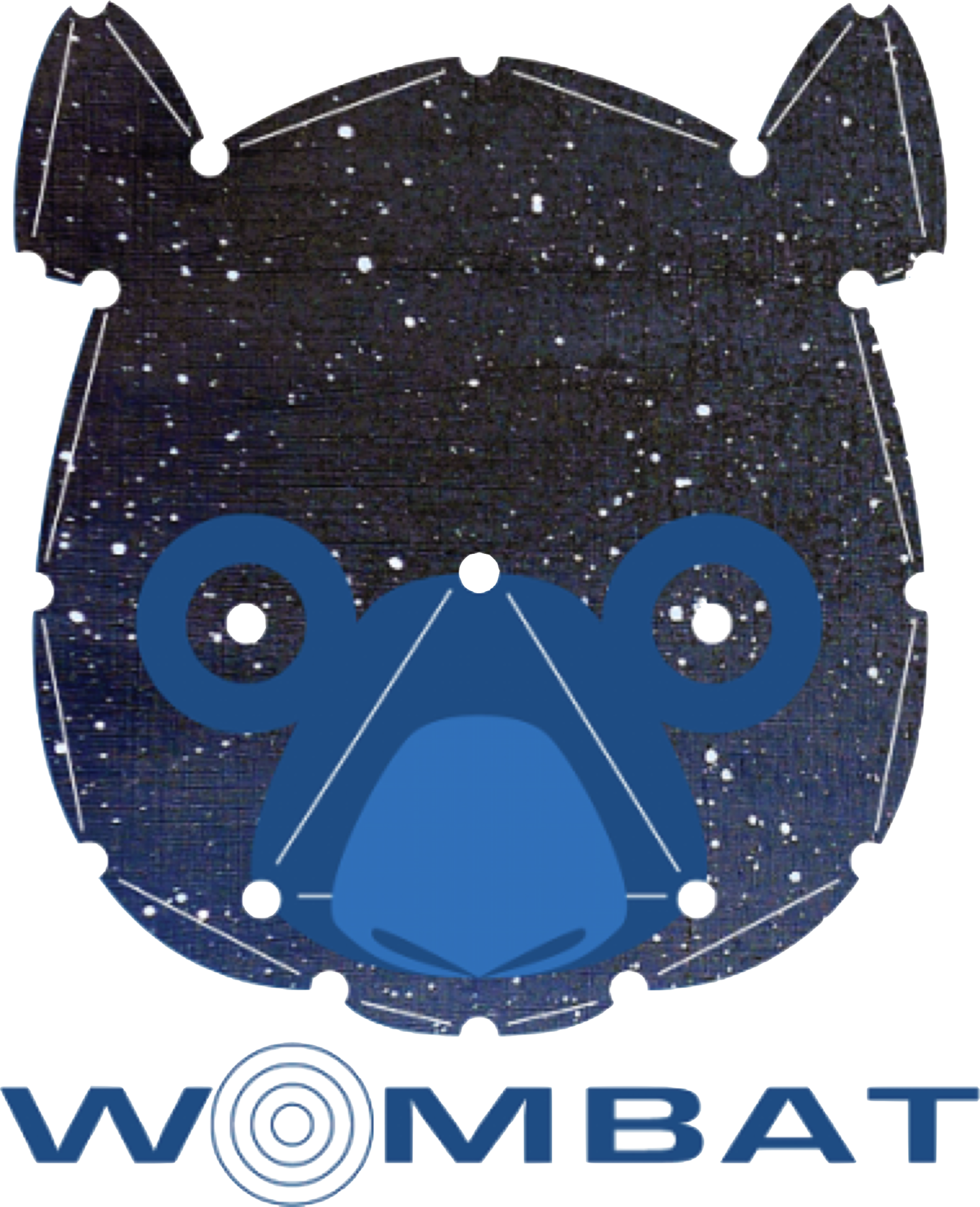Low-frequency Radio Observations
The revolution in digital signal processing has cleared the way for a new kind of radio telescope. This development is lead by the pan-European LOFAR telescope and will culminate in the Square Kilometer Array in 2025.
Radio telescopes are among the most sensitive instruments ever build, only recently surpassed by LIGO's discovery of even weaker gravitational waves. The combined energy of all radio observations ever done remains less than the energy of a snowflake falling on your hand. Sensitive radio receivers detect light at wavelengths around one meter, which is why radio dishes can become very large.
Single station of the high band antenna (front) and low band antenna (back) in the LOFAR super-terp near Dwingeloo, The Netherlands. In total 51 stations are placed in over 6 European countries.
In contrast, LOFAR is a next-generation phased array, it consists only of a set of stationary simple antennas. Many stations are placed all over Europe, with its core, the "Super-Terp" in the Netherlands. However, the array is digitally pointed, "correlated", on-the-fly. At ASTRON the signals of all stations converge and are processed again. This requires to handle TBytes of data on the fly and demands an entirely new approach to radio astronomy using super computers.
After years of hard work, European astronomers now achieve arcsecond resolution with exquisitely high bandwidth and sensitivity at the lowest radio frequencies possible (<300 MHz). Moreover, LOFARs field of view of several square degrees makes it in ideal survey instrument, a guarantee for unexpected discoveries and lasting data products. For the steepest sources, LOFAR will remain unmatched for quite a while. However, data reduction at 150 MHz and less remains very challenging and we are going to see significant improvements in the next decades.
Sensitivity over radio frequencies for different radio instruments/surves. LoTSS is the LOFAR survey. The green, blue, and red lines show the sensitivity for point sources with a power-law in frequency. (Shimwell et al. 2018)
The observations are distorted by the Ionosphere, an athmospheric layer that carries charged particles. Astronomers have to remove the image distortions from this layer, resulting in an accurate time-resolved measurement of the Ionosphere as a by-product (de Gasperin et al. 2018).
A composite image of the brightest extrasolar radio source in the sky: the Crab nebular with a neutron star in its center. Credit: ESA, NASA, NRAO
Radio observations tells us about the non-thermal Universe: magnetic fields and particles near the speed of light. They were the first to discover exotic objects like neutron stars, the magnetic field of our Milkyway and how neutral hydrogen is distributed in our Universe.
Our project focusses on radio sources in galaxy clusters, which are connected to properties of the cluster atmosphere. It hosts magnetic fields and some of the Universes largest particle accelerators.

